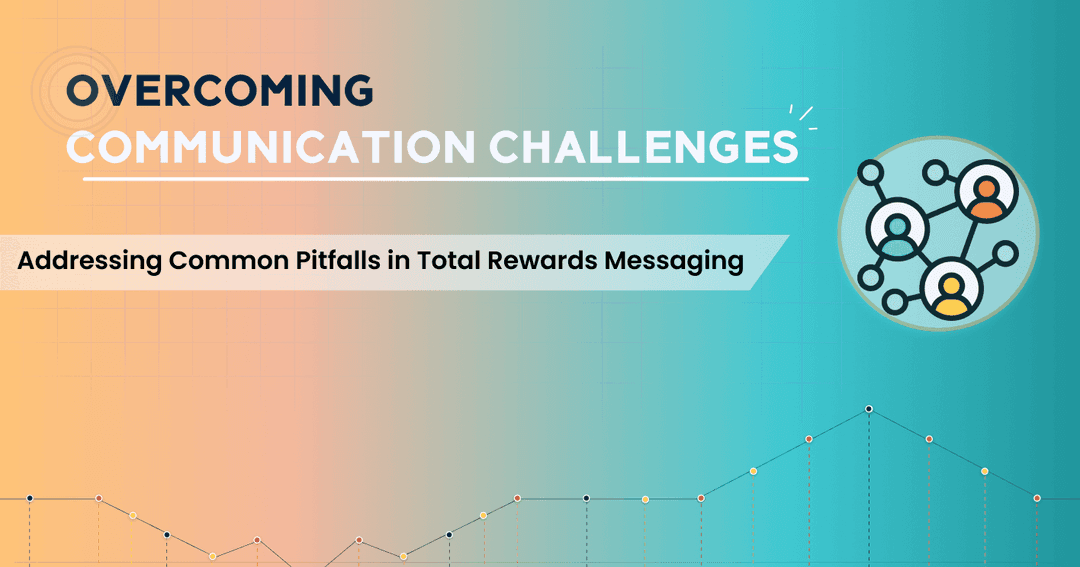
Paul Knopp, chair and CEO of KPMG US believes that compensation and benefits are sailing towards a new horizon of rewards program.
“We all have to make sure we meet the market when it comes to base compensation, but the market has changed in a way that you also have to look at those benefits that are most attractive to employees for their careers."
Most importantly, compensation and benefits professionals should have a strategy to communicate their total rewards comprehensively to their employees so that they fully embrace the benefits of your compensation structure.
This article will talk about how you can establish effective communication with your employees in terms of total rewards planning.
Total rewards communication is the process of making your employees aware of your organization’s compensation philosophy and how they are going to benefit individual employees in both the short and long term.
In its early stages, a company has but a handful of employees.
Based on instinct and limited knowledge, compensation decisions are often made arbitrarily during this formative period by people managers.
More often than not, the workforce expands exponentially after that, and the intricate and diverse needs of a vast employee base cannot be appropriately addressed through random factors alone.
As the company approaches the pivotal juncture of IPO, it becomes important to make sure that your employees are aware of the benefits of your rewards package to improve retention and employee experience.
There are several reasons why total rewards communication is important for the organization:
The 5 key components that need to be a part of your total rewards communication strategy:
Employee wellness - Research proves that “FTSE 100 companies that prioritize employee engagement and well-being outperform the rest of the FTSE 100 by 10%”.
Work-life balance - 88% of workers in a research conducted by Oracle feel that success is also about prioritizing work-life balance and mental well-being.
Recognition - Bonusly showcased the results of a poll that demonstrated that 65% of respondents would be motivated to work harder if they were duly appreciated by the management.
Mental health - More than 60% of employees would significantly improve the eNPS if their organization took initiatives to promote mental well-being.
Professional development - When it comes to professional development, 94% of employees would stay at a company longer if it helped them grow their learnings (Workforce Learning Report).
HR professionals can adopt numerous key concepts to overcome challenges related to total rewards communication:
Curating total rewards for employees is a complex process that requires precise calculations. A successful communication strategy would simply the information for your employees into digestible parts and easy-to-understand language so that they are not overwhelmed with loads of information. Use infographics, or comparison charts to explain their rewards package better.
An effective strategy can also be to customize your communication to resonate with different employee segments. For example, highlight the paid-time-off benefits or mental wellness benefits for the younger employees and older employees might get a more detailed account of their retirement benefits.
Organize training programs and workshops for the managers since they can help their team understand the full scope of their compensation package and the company's reward strategy.
Utilize tech platforms that can help you communicate your total rewards strategy to your employees clearly and effectively while reducing the scope of any errors. They would also enable you with insights to future-proof your communication strategy against any roadblocks.
CompUp is a compensation management software that is built with features to simplify your total rewards planning while helping you communicate your total rewards strategy to your employees with a multi-channel approach.
CompUp has a Total Rewards Statement that provides a digitally enhanced experience to your employees and is easily navigable. It has a central dashboard that gives you a complete breakdown of the elements of your total rewards strategy.
The statement is also equipped with sections that help your employees track their past compensation growth and visualize the future projections for both short-term and long-term incentives.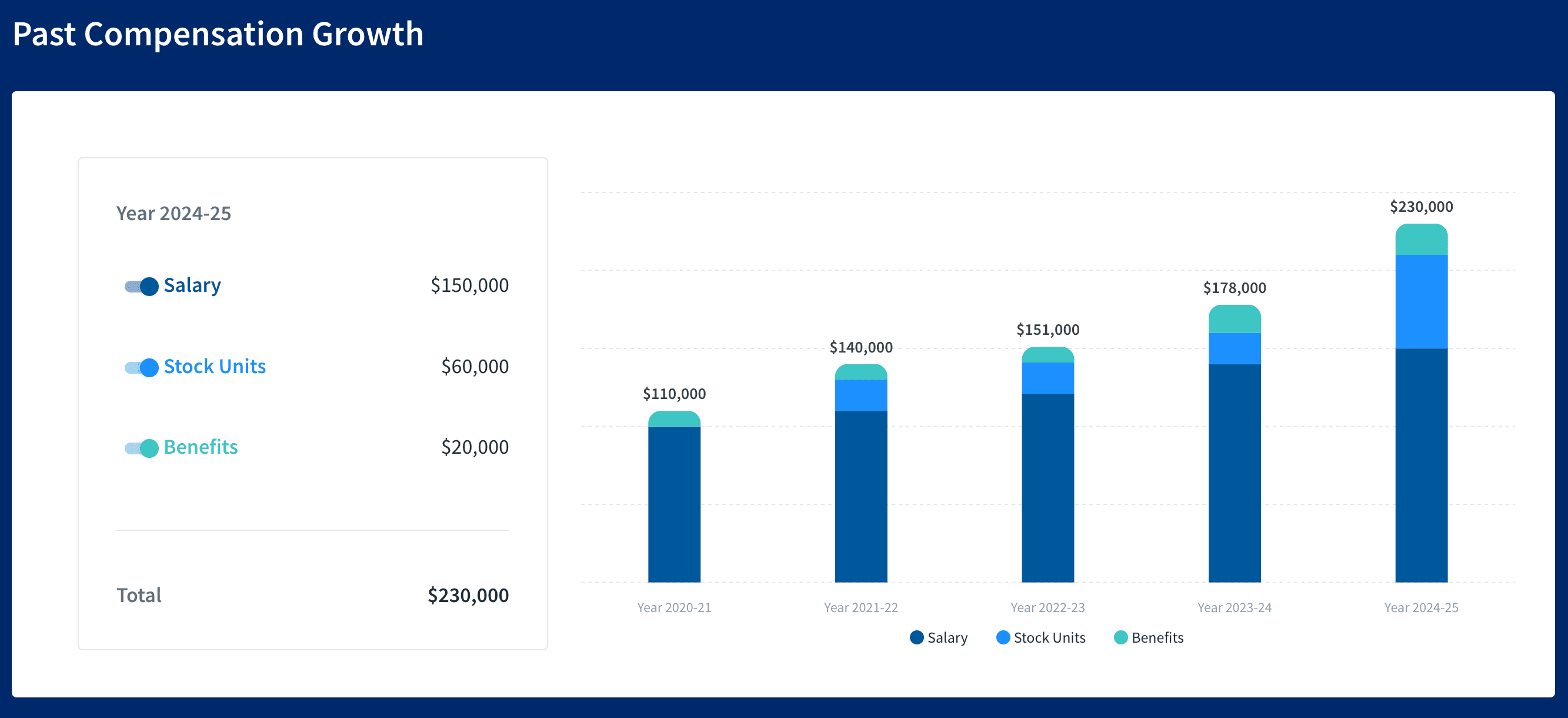
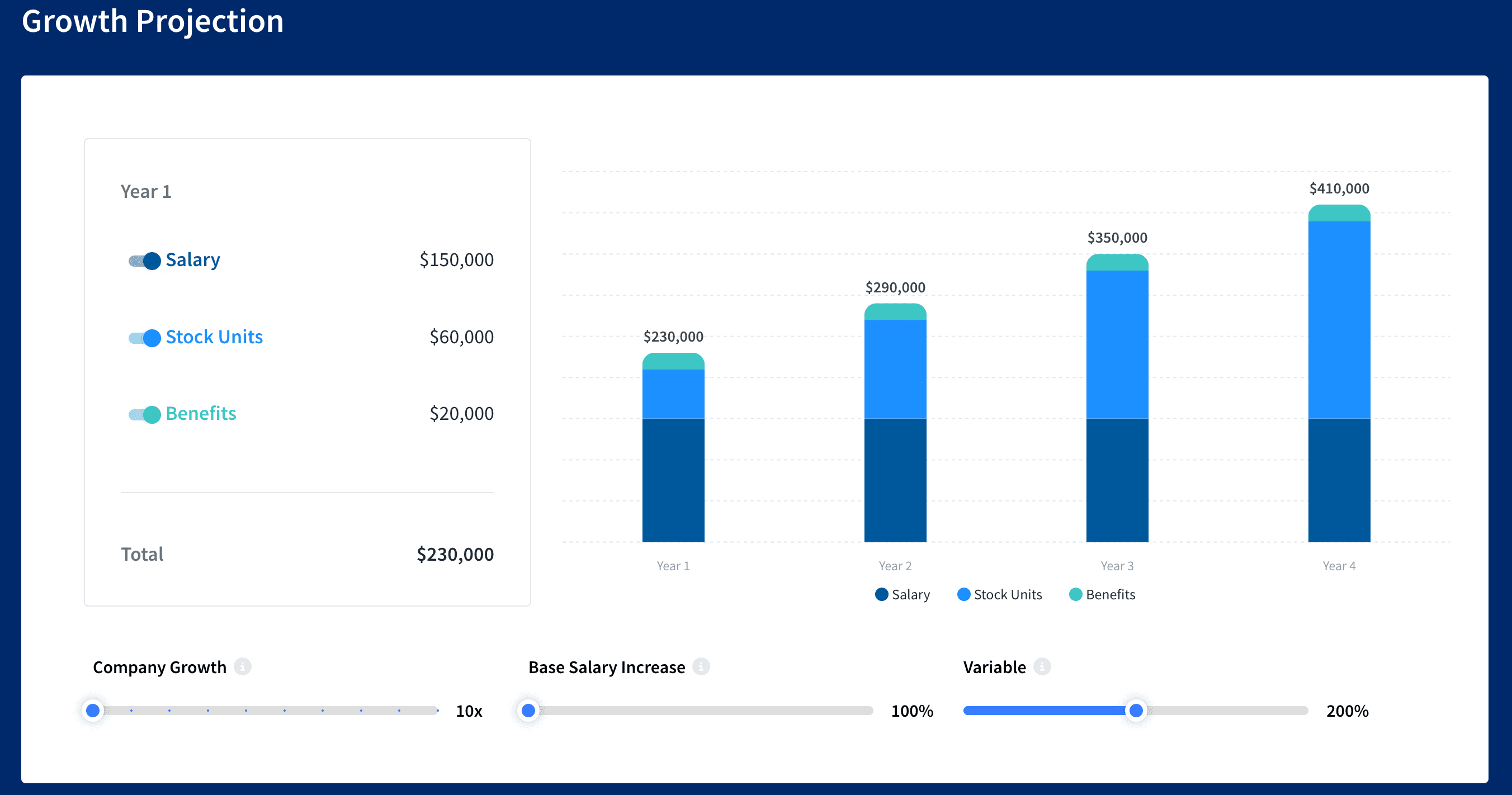
For companies providing ESOPs to employees, the TRS has a section to track the vesting schedules and other relevant factors for improving employee retention rates.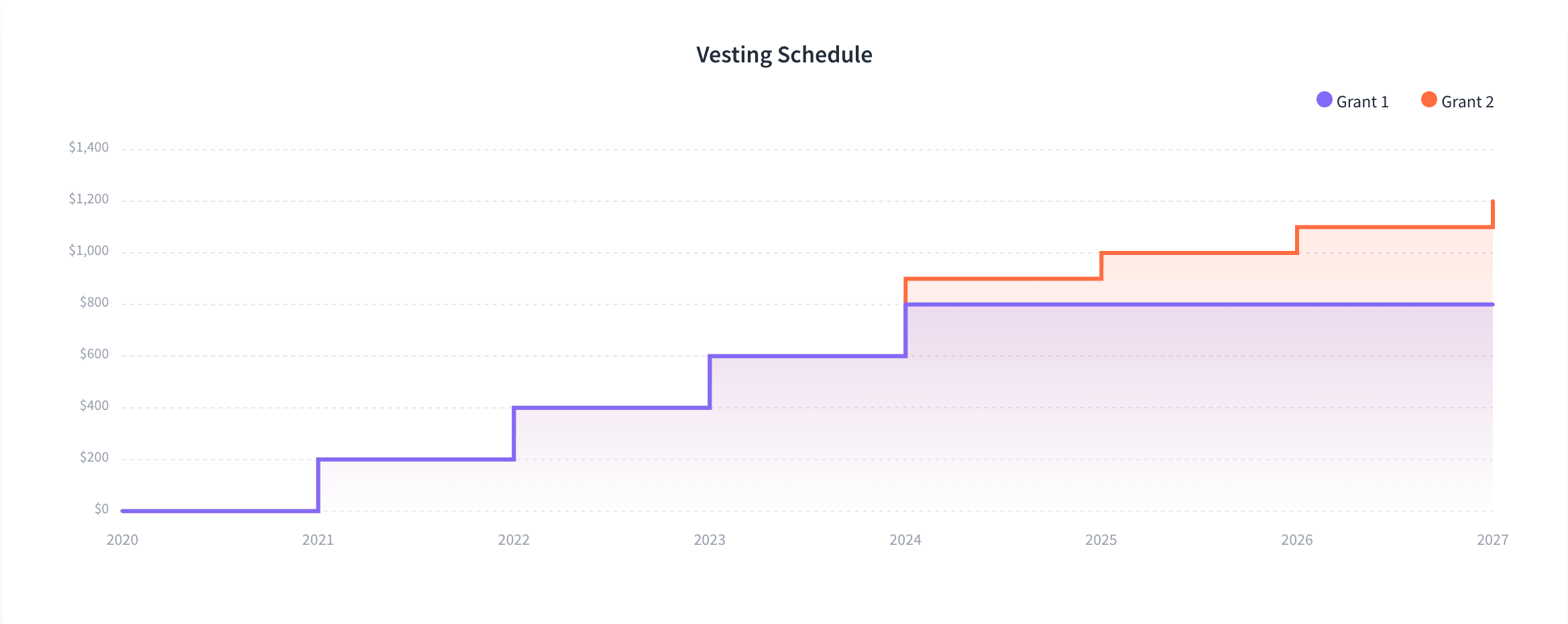
CompUp’s reward statements also provide a detailed breakdown of the cash and non-cash incentives to help employees understand and embrace the full scope of their benefits program.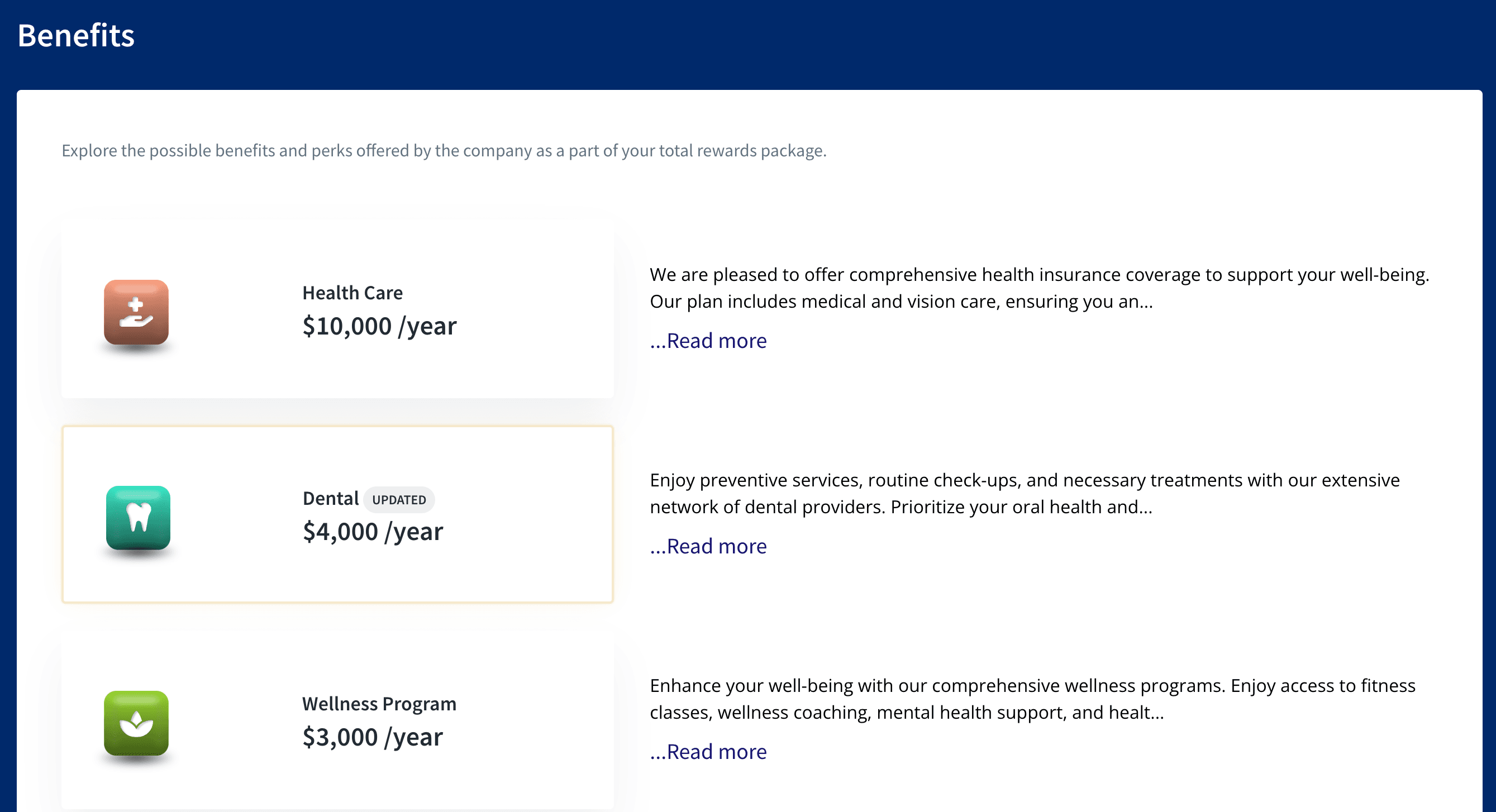
Try the platform now to learn how CompUp can help you elevate your total rewards strategy and fulfill your total rewards communication objectives. 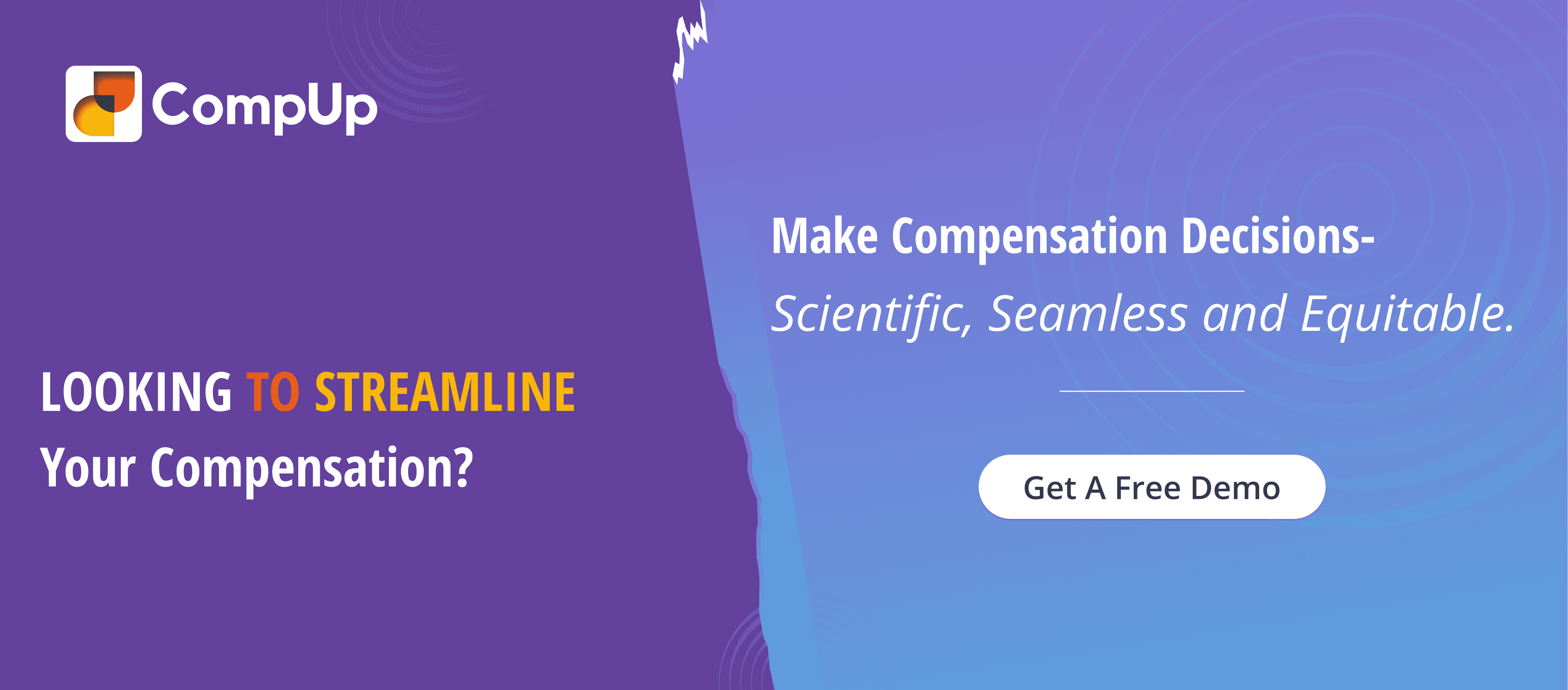
Revolutionizing Pay Strategies: Don't Miss Our Latest Blogs on Compensation Benchmarking